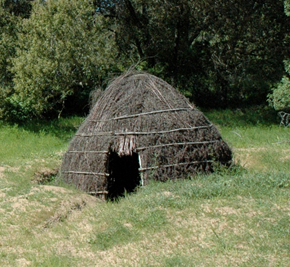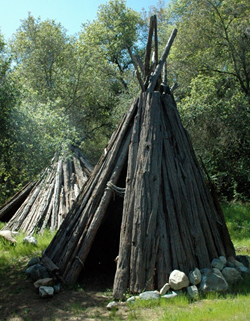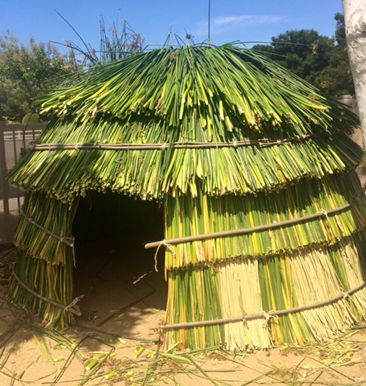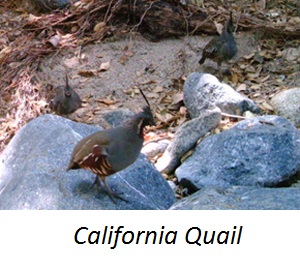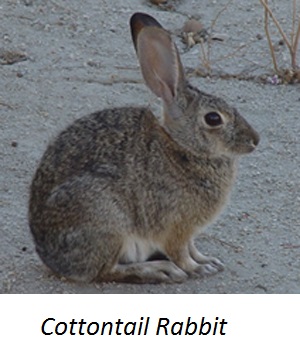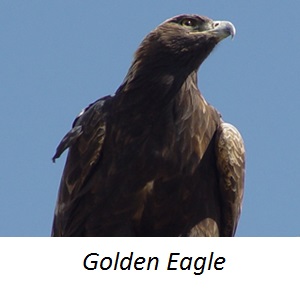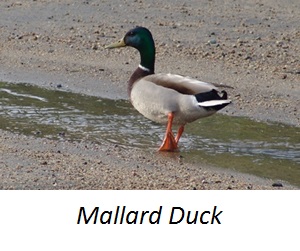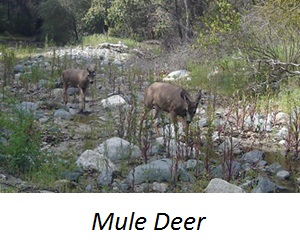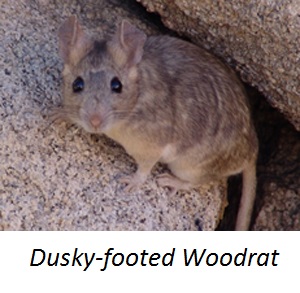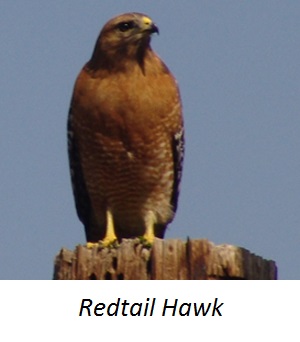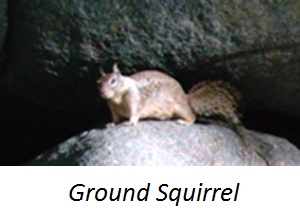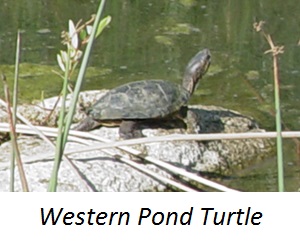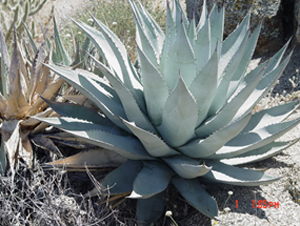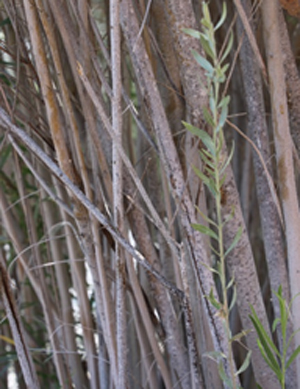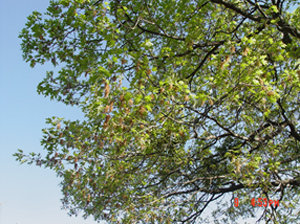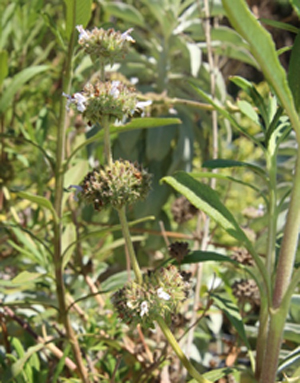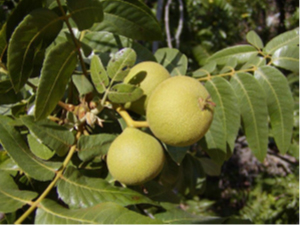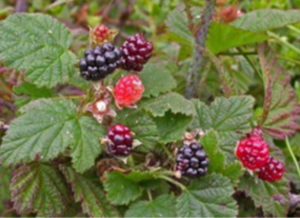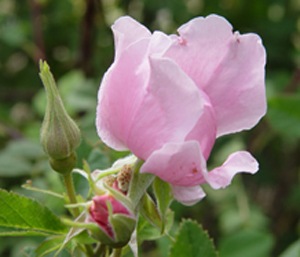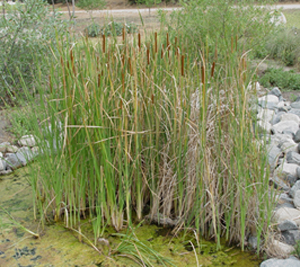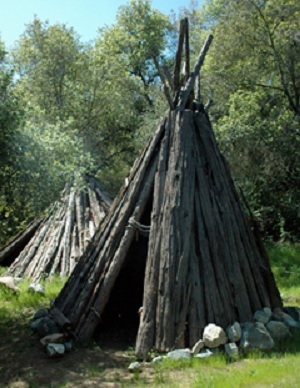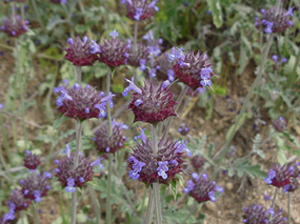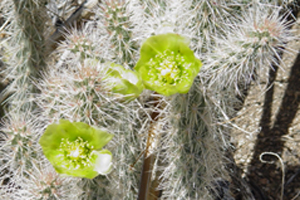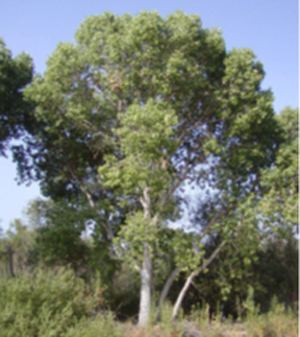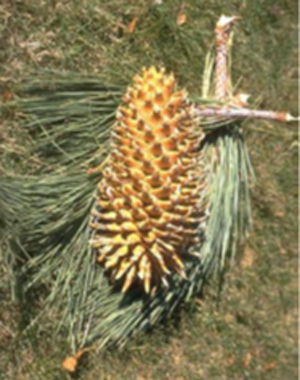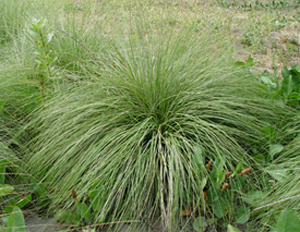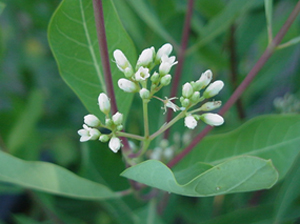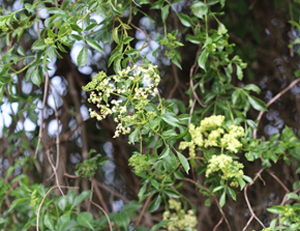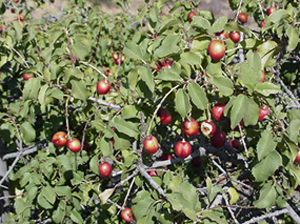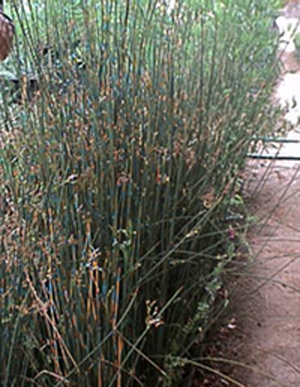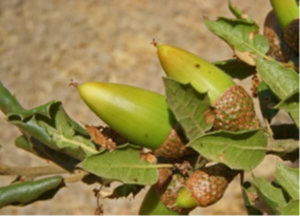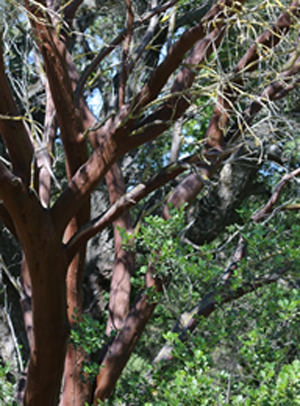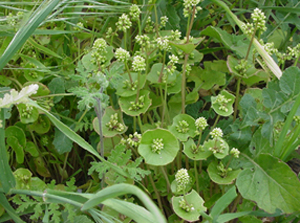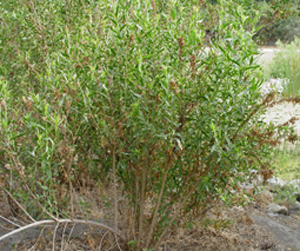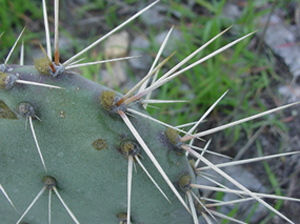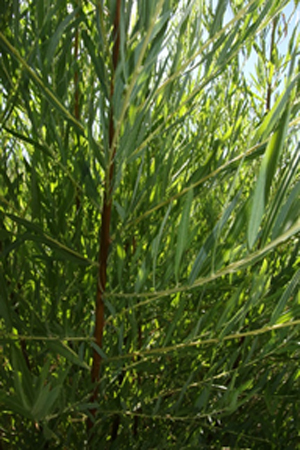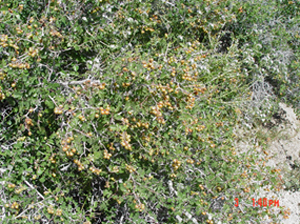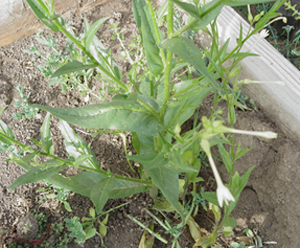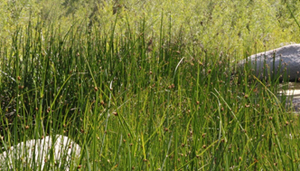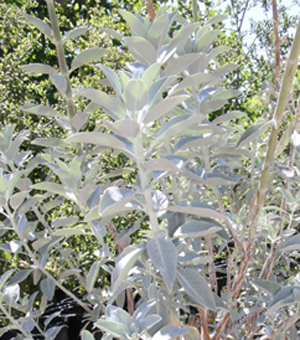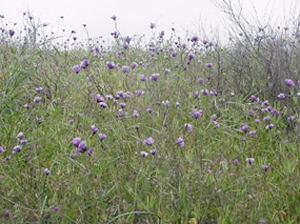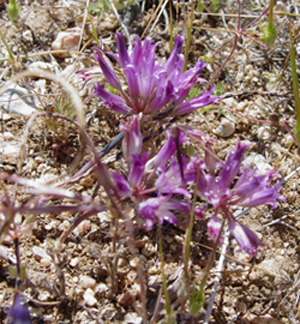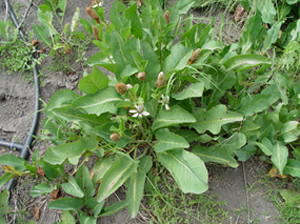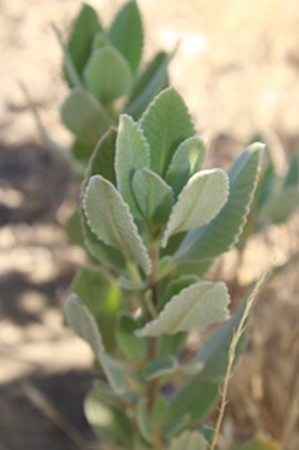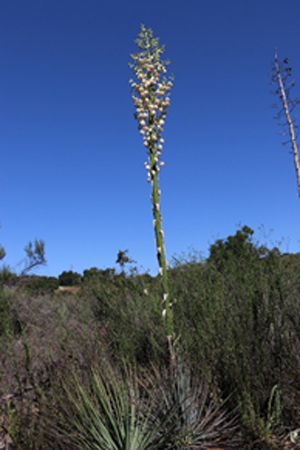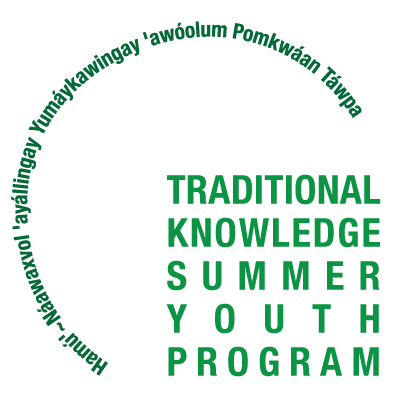Sharing and Preserving Indigenous Language and Culture
Our Story:
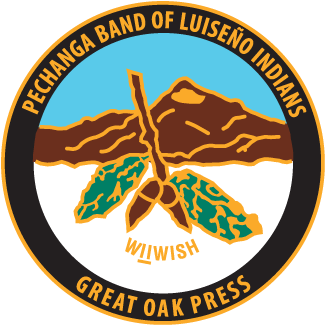 Pechanga established Great Oak Press in order to provide an avenue by which Native voices and topics of significance and importance to Native Americans could find their way into the contemporary discourse and become both a growing and permanent part of recorded knowledge. As a publisher of scholarly and academic books, Pechanga’s Great Oak Press is dedicated to working with the leading experts, as well as the up and coming experts in a wide range of fields, ranging from the arts to the sciences and from history to languages. Our focus, though broad in topics, is finely centered on publishing works of great importance that preserve and expand knowledge, in addition to encouraging creative thought and intellectual exploration.
Pechanga established Great Oak Press in order to provide an avenue by which Native voices and topics of significance and importance to Native Americans could find their way into the contemporary discourse and become both a growing and permanent part of recorded knowledge. As a publisher of scholarly and academic books, Pechanga’s Great Oak Press is dedicated to working with the leading experts, as well as the up and coming experts in a wide range of fields, ranging from the arts to the sciences and from history to languages. Our focus, though broad in topics, is finely centered on publishing works of great importance that preserve and expand knowledge, in addition to encouraging creative thought and intellectual exploration.
For a complete list of our books, please visit www.greatoakpress.com.
Order online at Amazon, Barnes and Noble and other fine book vendors:
Our books are also available from the Great Oak Press office and the Pechanga Resort and Casino Gift Shop.
For large orders, please contact our distributor at www.pathwaybook.com or 1-800-345-6665.
ACTIVELY SEEKING NEW AUTHORS in Native American and California Studies topics.
Acquisitions:
Lauren Kirschke Niezgodzki
Director, Editor-in-Chief
Office 1-951-770-6330
This email address is being protected from spambots. You need JavaScript enabled to view it.
Submissions to GOJ (Great Oak Journal)
Please send manuscript and bio to This email address is being protected from spambots. You need JavaScript enabled to view it..
Questions: This email address is being protected from spambots. You need JavaScript enabled to view it.
Contact Us:
Office 1-951-770-6330
This email address is being protected from spambots. You need JavaScript enabled to view it.
www.greatoakpress.com
Culbertson, Farnbach teaming up to write Temecula winery food pairing book
There's likely no better person to write a book about pairing food with Temecula wines than Martha Culbertson. And there's nobody more qualified to write about the history of the wineries than Rebecca Farnbach. Fortunately, Culbertson and Farnbach are teaming up to do just that. The duo is currently working on "Flavors of the Temecula Wineries," to be published by Pechanga's Great Oak Press, sometime in late 2019. (READ MORE)
Q&A with Lauren Kirschke of Great Oak Press
For some, the name “Pechanga” is synonymous with gaming, thanks in part to the Pechanga Band of Luiseño Indians’ Temecula resort and casino, which is among the largest in California. But an example of the tribe’s focus on both economic diversity and initiatives designed to ensure the vitality of a culture that stretches back 10,000 years, is its small academic press launched four years ago. (READ MORE)
The True California Mission Story
Author and academic Michelle Lorimer takes the sugarcoating off California missions with her book, 'Resurrecting the Past'. (READ MORE)
GREAT OAK BOOKS
CHILDREN’S BOOKS:

‘Atáaxum Alphabet
Pechanga Collaboration
$11.95

Chuxíllaxish
Pechanga Collaboration
$10.00

Good Night, Pechanga!
English, Luiseño, Bilingual
Myra Masiel-Zamora
Illustrated by Jo A. Garcia
$9.95

Híycham um ‘ivím?
Edited by Alexis Munoa Dyer
Illustrated by Lorraine Munoa
$10.00

'Ivá' Pá'kwarit Po'é' 'Axánya
Pechanga Collaboration
$11.95

'Iví' Axánninik Popúsh Wi'áasal Maríqqaxma Kuláawut
Pechanga Collaboration
$11.95

'Iví' Axánninik Sakíshla Pówki 'Axánya
Pechanga Collaboration
$9.95

Kíicha
English, Luiseño, Bilingual
Jo A. Garcia
$11.95

Wóoyiwuncha!
Pechanga Collaboration
$10.00
INDIGENOUS STUDIES & CALIFORNIA SERIES:

‘Éxva Teméeku: Where We Began
Myra Masiel-Zamora
Hardcover $49.99,
paperback $29.99

Indians of the Tulares: Adaptation, Relocation, and Subjugation in Central California, 1771-1917
George Harwood Philips
$59.99

Payómkawichum Pomtúkmay: Baskets of the People of the West
Myra Masiel-Zamora
Photographs by Julie Jackson
$40.00

Resurrecting the Past: The California Mission Myth
Michelle M. Lorimer, Ph.D.
Hardcover $29.99,
paperback
$18.99

Shadows of Sherman Institute: A Photographic History of the Indian School on Magnolia Avenue
Clifford Trafzer, Jeffrey Smith, Lorene Sisquoc
$45.00

The Symbionese Liberation Army and Patricia Hearst, Queen of the Revolution
Gregory Cumming, Stephen Sayles
$18.95



